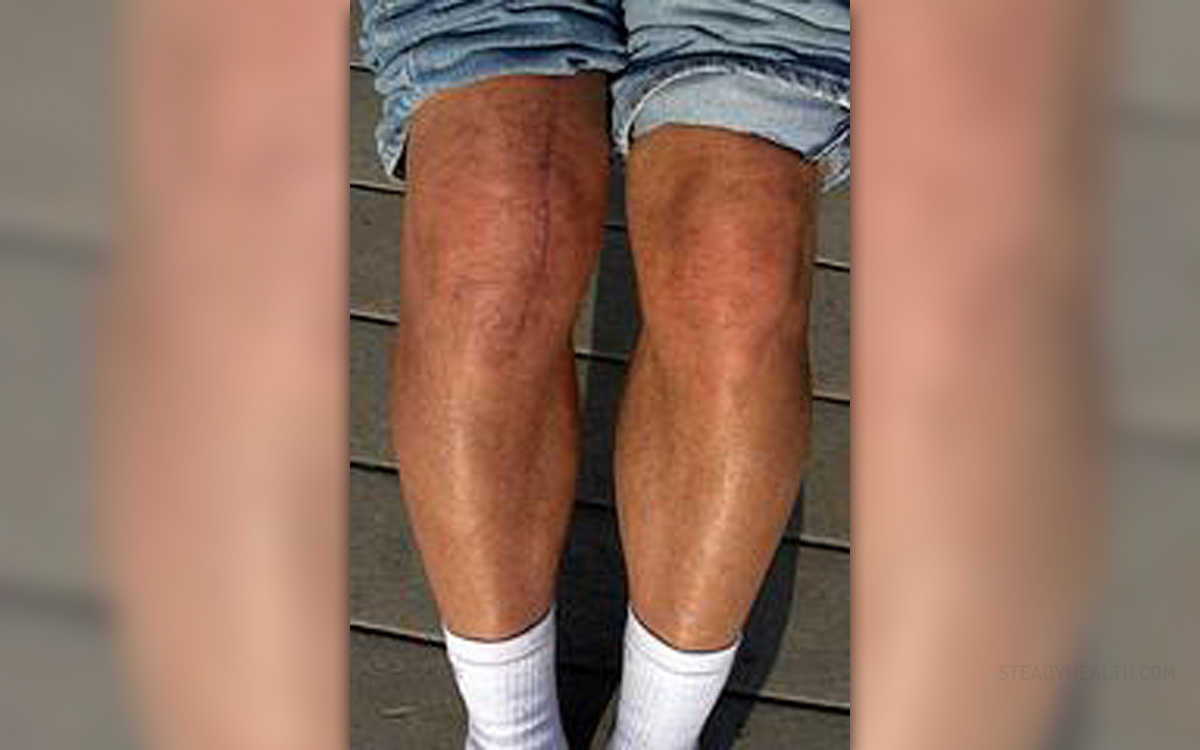
The reflex sympathetic dystrophy syndrome is commonlyabbreviated as the RSD and it is actually a multi symptoms medical conditionwhich may affect any body part and it may also affect multiple systems in thehuman body. Even though it was discovered and described many decades ago, it isstill largely mysterious and poorly understood. This syndrome can easily bedescribed as an injury to the nerves or the soft tissues inside the human bodywhich does not follow any normal healing paths. An injury is commonlyassociated with abnormal functioning of the sympathetic nervous system and theprocess of diagnosis is usually a very difficult one. On the other hand, aproper diagnosis is of utmost importance, because when left untreated thereflex sympathetic dystrophy syndrome may spread to all the extremities in thebody and cause permanent deformities and chronic painful sensations. Advanced stagesof the reflex sympathetic dystrophy syndrome may also be involved with certainserious psychiatric and psychosocial problems.
Clinical Features of RSD / CRPS
One of the main clinical features of RSD/CRPS is painaccompanied by serious mobility problems which are usually out of proportionswhen the initial injury is concerned. This painful sensation is commonlydescribed as deep aching, burning, constant and severe ones, up to the pointwhere all the tactile stimulations of the skin become painful. This type ofmedical problem with such sensations upon tactile stimulations is referred toas allodynia. Repetitive stimulations may lead to an ever increasing pain.Painful sensations may also be accompanied by tenderness and spasms in themuscle tissues. Another common trait of the reflex sympathetic dystrophysyndrome are certain skin changes. The skin may become scaly, dry and it mayalso appear much more shiny than usual. Nails may grow slower or faster thanusual and they may be much more brittle than usual. Thinning of hair is anothercommon symptom as well. Nail issues are also often accompanied by pustules,ulcers and rashes. Some rare cases may involve certain serious skin infectionsas well. The skin may also be involved in certain vasomotor changes, increasedsweating and increased chilling. Certain skin color changes are quite commontoo. The tender and painful regions affected by the reflex sympatheticdystrophy syndrome may be associated with swelling and hard edemas. Anothercommon sign of this dreadful medical condition is the movement disordercharacterized by difficulties experienced when moving due to excessive painfulsensations. Stiff joints and muscle contractions are present as well. Some rarercases of the reflex sympathetic dystrophy syndrome may involve severe jerkingof the extremities accompanied by tremors. A psychogenic movement disorder maybe included in some cases too. The gradual progression is always involved inthe spreading of the symptoms from the affected extremity. The spreading mayinvolve three different types which include an independent type of spreading, amirror image type of spreading and a continuity type of spreading. Certaincases of the reflex sympathetic dystrophy syndrome may involve some bonechanges such as the patchy osteoporosis.
Making the Diagnosis of RSD / CRPS
The diagnosis of the reflex sympathetic dystrophy syndromemay be carried out by addressing certain issues such as the changes in thegrowth of different tissues, movement disorder, swelling and abnormalfunctioning of the sympathetic nervous system. Not all the aforementionedtraits are present in all cases, so it is quite hard to pinpoint the exactdiagnosis.
The staging of the reflex sympathetic dystrophy syndrome isa concept which was once used, but nowadays it is considered somewhat obsolete,in spite of the fact that this medical condition still requires plenty of scientificstudies in order to be well understood. The concept is also inappropriate to acertain extent due to the fact that not all cases involve the same course ofthe progression and the same symptoms. The first stage of the reflexsympathetic dystrophy syndrome commonly involves symptoms such as increasedsweating, dry, red and warm skin which easily changes to blue appearanceaccompanied by sweat and/or cold sensations. Other common symptoms includelimited mobility, stiffness, muscle cramps, localized swelling, increasedsensitivity of skin to light pressure or light touch and severe painfulsensation which occur at the site of injury. This first stage commonly lastsfor a few weeks before subsiding spontaneously. The second stage involves theinitiation of the muscle wasting, spotty wasting of the bones, coarse hair,brittle nails which grow faster or slower than usual, spreading of the swellingand even more severe painful sensations. The third and the final stage iscommonly associated with intractable painful sensations which often affect theentire limb and a marked wasting of the tissue which is atrophic in nature andusually completely irreversible. Some rare cases may involve the spreading ofthe syndrome over the entire body.







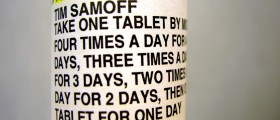




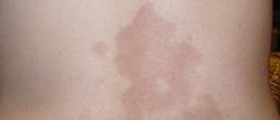
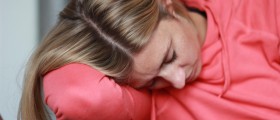

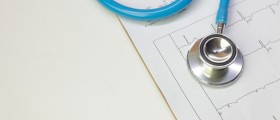

Your thoughts on this
Loading...